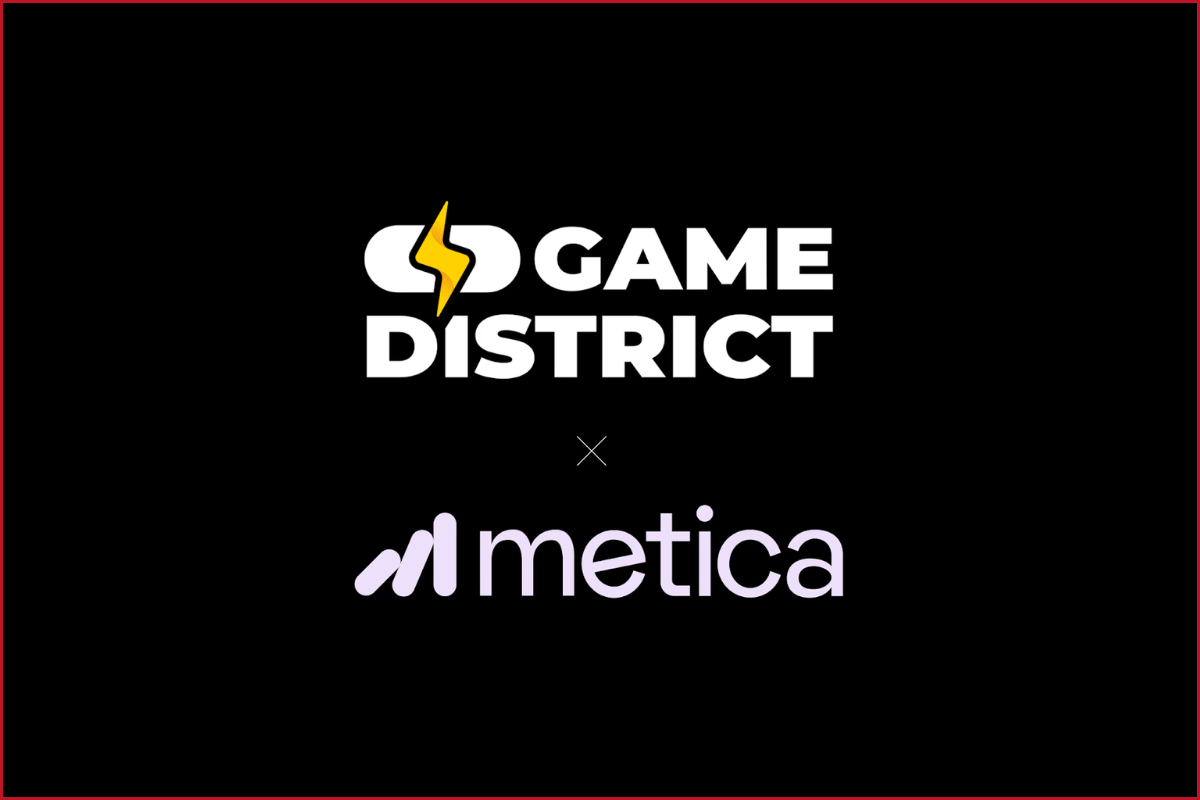We all love attention, both as individuals and as brands. But capturing it has become trickier than ever. Thanks to short-form content like Instagram Reels and YouTube Shorts, audiences now expect to be entertained in less than a minute.
This shift has reshaped user behavior at a psychological level, as we jump from one app to the next within minutes, hoping to stumble upon something ‘good.’
While other apps struggle to keep users’ attention, mobile games continue to thrive.
To understand how mobile gaming publishers are winning the battle for attention, we sat down with Lakshya Ankit, Founder & CEO of UndrAds, to learn what games know about attention that the rest of the digital world doesn’t.
The Fundamental Difference: Fighting vs. Earning
When asked why mobile games are winning in an age of shrinking attention spans, Lakshya answered:
“Because games don’t fight for your attention. They earn it. In a world where every feed scrolls endlessly, games create a closed loop of reward, progress, and community. They’re not battling shrinking attention; they’re designed for micro and macro attention simultaneously. You can play for 30 seconds or 3 hours and still feel a payoff.”
UndrAds CEO Lakshya Ankit
It’s an important distinction. Most platforms are engaged in combat: endless feeds, intrusive pop-ups, autoplay videos. When you fight for something, you’ve already lost the trust required to keep it. Games take a different approach entirely.
Understanding the Attention Equation
So what exactly do games understand about human attention that other industries miss?
According to Lakshya, it comes down to a principle most companies overlook.
“Games understand that attention isn’t just something you capture. Rather, attention should be rewarded.
Every tap has feedback. Every level has meaning. Attention without reward feels like work. Attention with reward feels like play. Most industries confuse distraction with engagement; gaming knows the difference.”
UndrAds CEO Lakshya Ankit
Think about the last time you opened a news app versus the last time you opened a mobile game. One demanded your time. The other invited it.
The Art of Choice-driven Monetization
When we dig into the specific tactics that make games successful, Lakshya points to something he calls “Choice-driven Monetization.”
“Players decide whether to watch an ad, log in using Facebook, or skip all of this and buy premium. That sense of control is why rewarded ads feel less like interruptions and more like upgrades. The trick isn’t forcing attention; it’s making it feel voluntary, which leads to Choice-driven Monetization.”
UndrAds CEO Lakshya Ankit
This approach shifts the power dynamic. Instead of interrupting users with unwanted content, games give players meaningful choices about how they want to engage. It’s a lesson that extends far beyond gaming.
Where Publishers Get It Wrong
Of course, not every game or publisher gets it right. Lakshya is quick to identify the most common mistake he sees in the industry.
“The biggest mistake: over-optimizing for short-term revenue.
Flooding a user with ads in the first 5 minutes is like charging an entry fee to a party before anyone’s had fun. If you burn trust early, you never get long-term retention.”
UndrAds CEO Lakshya Ankit
It’s a trap many publishers fall into, prioritizing immediate monetization over long-term player relationships. The cost of that approach compounds over time.
The Role of Smart Technology
In mobile gaming, ads aren’t JUST ads. They’re what keep game publishers profitable while giving players access to premium experiences through ad-based rewards. When done right, it’s a true win-win.
“Adtech is the invisible co-pilot.
When done right, it makes ads feel seamless, rewarding, and non-disruptive. The future isn’t about more ads; it’s about smarter ads. That’s where AI steps in by optimizing floor prices, automating waterfalls, and even predicting revenue dips before they happen. The result? More revenue for publishers, and better experiences for players.”
UndrAds CEO Lakshya Ankit
Earning vs. Burning Attention
When we asked Lakshya about the best practices for managing attention in this new economy, he shared a framework.
“Attention is earned with value exchange and burned with intrusive practices. The smartest publishers treat every user’s time as scarce and priceless. You earn it by giving more than you take: entertainment, control, community. You burn it when you interrupt without reward.
Attention is like oxygen. Invisible, vital, and gone the second you take it for granted.”
UndrAds CEO Lakshya Ankit
A Bold Vision for the Future
Lakshya doesn’t shy away from making bold predictions about where the industry is headed.
“Mobile gaming will outpace every other entertainment category in monetization efficiency, including streaming.
Why? Because it’s inherently interactive. By 2030, I wouldn’t be surprised if gaming drives the largest share of global adtech innovation, surpassing even social media.
Again, my personal opinion here. Not a big fan of social media, though, LinkedIn is different.”
UndrAds CEO Lakshya Ankit
This prediction isn’t just about revenue. It’s about gaming’s fundamental advantage: interactivity creates engagement in ways passive consumption never can.
Lessons for Other Industries
The principles that make games successful aren’t exclusive to gaming. Lakshya sees significant opportunities for other industries to adopt game-like mechanics.
“That ‘attention’ is not passive consumption.
Games turn users into participants. Industries like publishing, streaming, and e-commerce can learn that retention comes from interaction, not just content.
Games are masters at creating a loop of action, feedback, and reward. This keeps people engaged over time. Instead of treating users as passive viewers or shoppers, these industries can borrow mechanics like progress tracking, streaks, or personalized challenges.”
UndrAds CEO Lakshya Ankit
The applications are diverse. News apps could build habit loops where reading three articles unlocks deeper insights. Streaming platforms could offer progression systems tied to watching genres or series; some are already experimenting with this.
E-commerce could integrate milestone rewards for loyal engagement, not just transactions, which many brands have begun adopting lately.
But Lakshya is careful to emphasize that this isn’t about superficial gamification:
“The lesson isn’t about ‘adding gimmicks.’ It’s the design systems that make people feel their time is compounding into value.”
UndrAds CEO Lakshya Ankit
The User-first Future
As our conversation winds down, Lakshya returns to what he sees as the defining characteristic of the next era in digital engagement.
“We’re entering the era where control belongs to the user.
The real breakthrough won’t be in showing more ads or locking more screens. It’ll be in giving people meaningful choices: skip or engage, pay or play, binge or pace. Companies that build these ‘user-first’ systems will outlast everyone else, because attention isn’t a commodity you purchase, it’s a relationship you nurture.”
UndrAds CEO Lakshya Ankit
The Bigger Picture
The gaming industry has already figured out how to thrive in the attention economy. The principles are clear:
- Don’t just capture attention. Reward it.
- Give users control over their experience.
- Optimize for long-term relationships, not short-term extraction.
- Use technology to enhance experiences, not to interrupt them.
As attention becomes increasingly scarce and valuable, these lessons extend far beyond gaming. The companies that understand this (treating attention as a relationship rather than a resource to be mined) will be the ones that succeed in the years ahead.
The question isn’t whether gaming’s approach works. It clearly does. The question is: which industries will be smart enough to learn from it?
Are you fighting for attention or rewarding it?

Founder & CEO @ UndrAds





